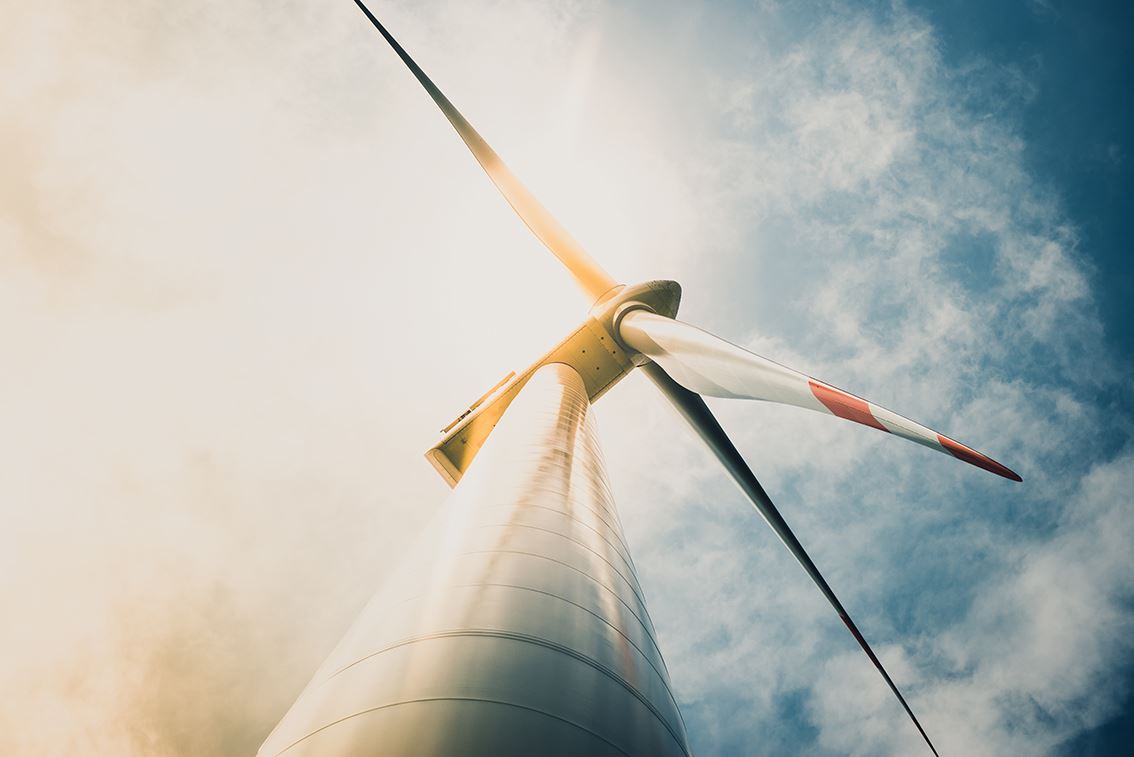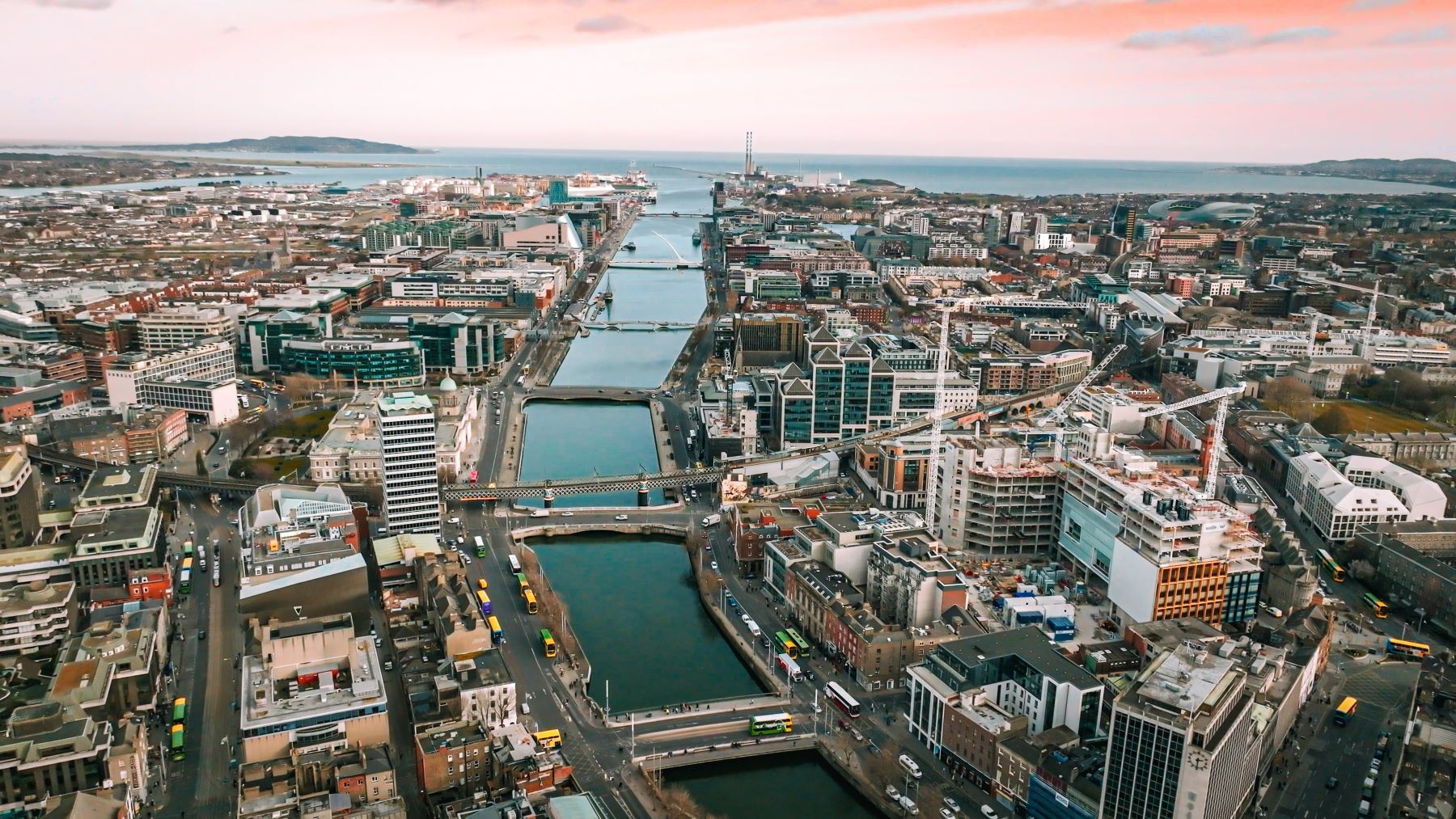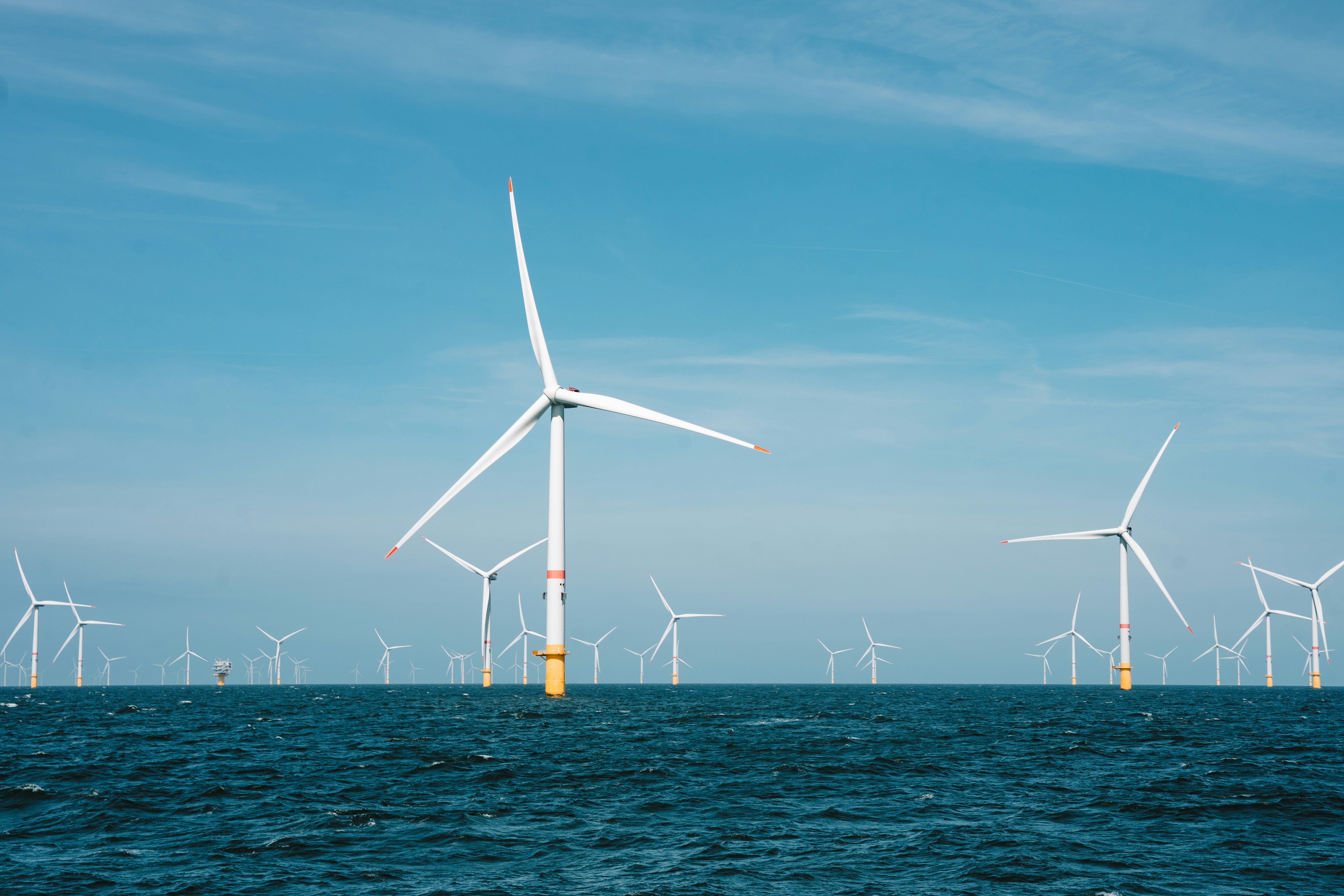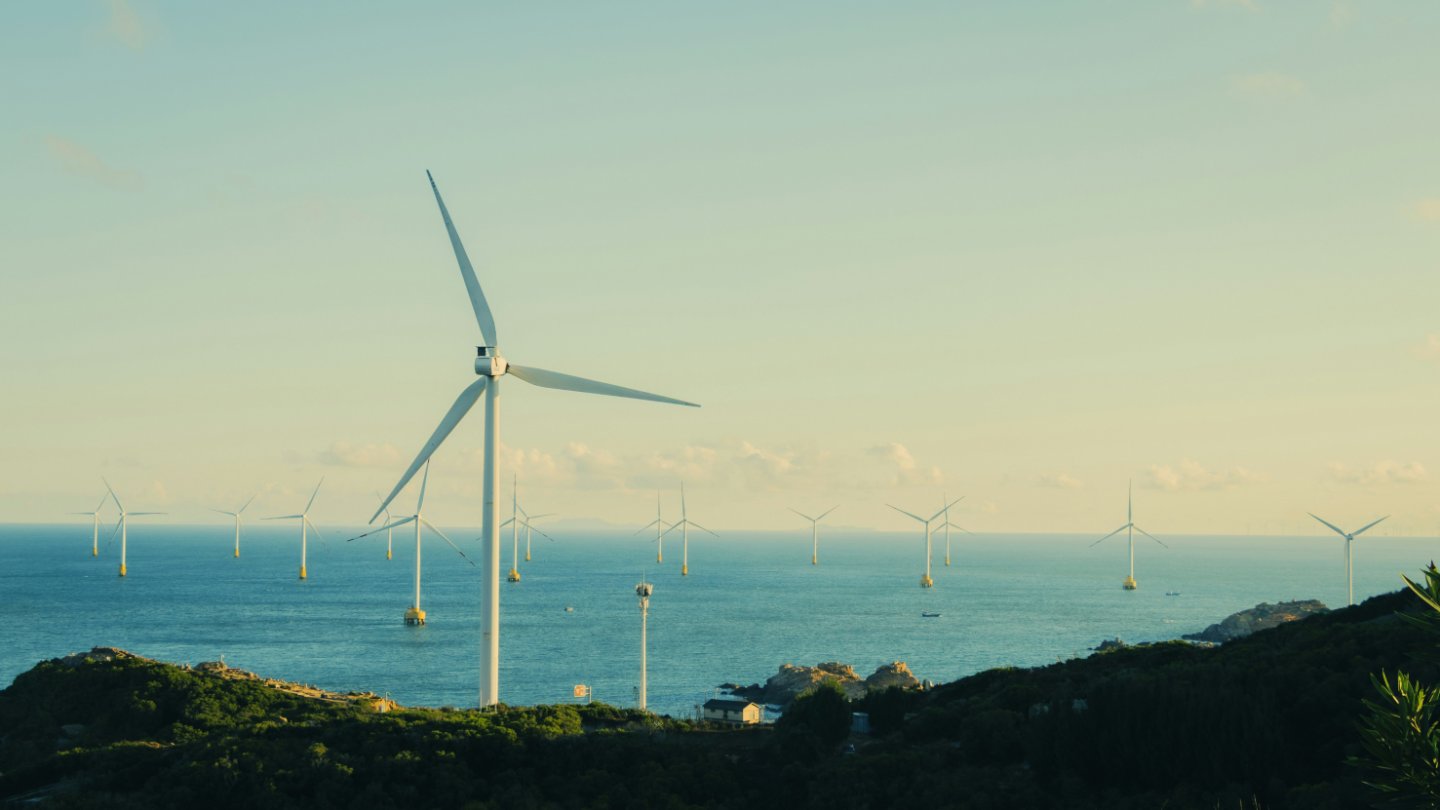Surrounded by some of Europe’s best resources and a vast maritime area, Ireland’s offshore wind prospects are immense. As the country weans itself off polluting fossil fuels, the offshore renewable energy sector could add at least €38 billion to the economy and create thousands of new jobs.
 Ireland’s 2030 offshore wind targets
Ireland’s 2030 offshore wind targets
Already a force in onshore wind, with nearly a third of electricity coming from wind farms in 2024, Ireland has committed to achieving 5 gigawatts (GW) of installed offshore wind capacity by 2030 and a remarkable 37 GW by 2050. This 2050 target represents approximately about six times the current peak electricity demand.The 5 GW offshore wind target is part of the broader goal of 22 GW of renewable energy capacity by 2030. This also includes 9 GW of onshore wind and 8 GW of solar power, as outlined in the Climate Action Plan.
Under its first-ever offshore wind auction (ORESS 1) held in 2023, Ireland awarded 3.1 GW of offshore wind capacity to four projects. This was the largest volume of renewable energy the country has ever procured at auction – a significant step towards improving the sustainability and security of Irish energy sector. This is especially important given Ireland remains one of the most energy import-dependent countries in the European Union.
A second offshore wind auction will take place later in 2025. On top this, Ireland has commenced the preparation of a national designated maritime area plan (DMAP) that will help identify areas suitable for offshore energy projects.
 Projects in the pipeline
Projects in the pipeline
At present, Ireland has only one offshore wind farm – the Arklow Bank Wind Park (Phase 1) off the coast of Co Wicklow. The wind farm, which was installed in 2004 with a capacity of 25 MW consisting of seven wind turbines, is set to be decommissioned. However, a new wave of offshore wind projects in Ireland is on the horizon, with most developers submitting planning applications. Among the largest projects currently in development are:
- Codling Wind Park, Co Wicklow (1,300 MW)
- Dublin Array, Co Dublin & Wicklow (824 MW)
- Arklow Bank Phase 2, Co Wicklow (800 MW)
- North Irish Sea Array, Co Dublin, Meath & Louth (500 MW)
- Oriel Wind Farm, Co Louth (375 MW)

Key players in Ireland’s offshore wind sector
Leading renewables developers including Ørsted, Statkraft, and Aker Horizons have a significant presence in Ireland.Ørsted, which operates 19 wind farms in Ireland, is “actively exploring the huge potential” of the Irish offshore market.
Statkraft, the Norwegian energy giant and Europe’s largest generator of renewable energy, plans to generate 3GW of clean energy in Ireland by 2030, including the 500 MW North Irish Sea Array offshore project.
Aker Horizons, also from Norway, entered the Irish market through a €1 billion acquisition of Mainstream Renewable Power in 2021. This deal created a renewable energy company with a 20 GW portfolio including solar, and onshore and offshore wind projects. The Irish arm has several offshore wind projects at an early development stage around Ireland. As part of the deal, Aker also acquired a 50% holding in SuperNode, a tech company which develops superconducting cable systems for bulk power transmission.
FAQs: Offshore wind energy in Ireland
What is the offshore wind target for Ireland in 2030?Ireland targets 5 GW of offshore wind energy by 2030, with ambitions for 37 GW by 2050.
How many offshore wind farms does Ireland have?
Ireland currently has one offshore wind farm, with a significant project pipeline under development.
Which companies are investing in offshore wind Ireland?
Leading investors include Ørsted, SSE Renewables, Statkraft, and Aker Horizons.
Why is offshore wind energy important for Ireland’s future?
Offshore wind delivers clean energy, energy security, economic growth, and helps Ireland meet climate targets.
